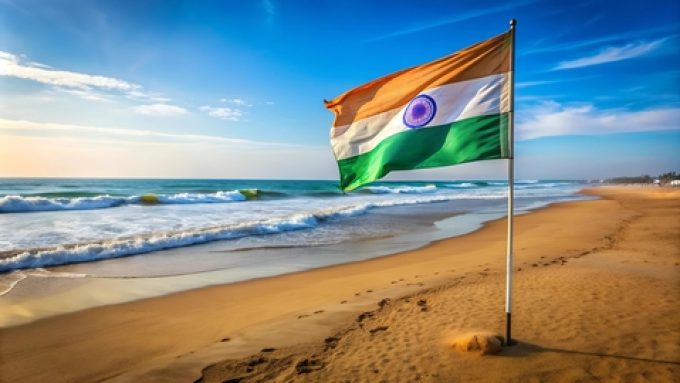Yang Ming to order 13 newbuild box ships for fleet renewal and new markets
Yang Ming today announced plans to acquire 13 containerships ranging in capacity from 8,000 to ...
FDX: ABOUT USPS PRIVATISATIONFDX: CCO VIEWFDX: LOWER GUIDANCE FDX: DISRUPTING AIR FREIGHTFDX: FOCUS ON KEY VERTICALFDX: LTL OUTLOOKGXO: NEW LOW LINE: NEW LOW FDX: INDUSTRIAL WOESFDX: HEALTH CHECKFDX: TRADING UPDATEWMT: GREEN WOESFDX: FREIGHT BREAK-UPFDX: WAITING FOR THE SPINHON: BREAK-UP ALLUREDSV: BREACHING SUPPORTVW: BOLT-ON DEALAMZN: TOP PICK
FDX: ABOUT USPS PRIVATISATIONFDX: CCO VIEWFDX: LOWER GUIDANCE FDX: DISRUPTING AIR FREIGHTFDX: FOCUS ON KEY VERTICALFDX: LTL OUTLOOKGXO: NEW LOW LINE: NEW LOW FDX: INDUSTRIAL WOESFDX: HEALTH CHECKFDX: TRADING UPDATEWMT: GREEN WOESFDX: FREIGHT BREAK-UPFDX: WAITING FOR THE SPINHON: BREAK-UP ALLUREDSV: BREACHING SUPPORTVW: BOLT-ON DEALAMZN: TOP PICK

India’s government is under pressure to re-regulate its coastal shipping policies following major declines for local operators in the face of foreign-flagged container carriers.
In a much-publicised policy reform in May 2018, the Indian government removed cabotage barriers that had prevented foreign tonnage participation in transportation of containers between Indian ports. The move was hailed as a game-changer for Indian containerised trade, opening a window for more capacity and direct port calls amid greater export growth signs.
Taking stock of developments over the past six years, Indian maritime regulator the Directorate General of Shipping (DG Shipping) has now proposed reinstating cabotage regulations for foreign lines, in the interests of local shipowners.
“Following the introduction of government orders (in 2018), the Indian container shipping entered a phase of stagnation and decline,” DG Shipping said in a public notice, circulated among industry stakeholders for comments.
DG Shipping noted that the cabotage waiver for foreign container tonnage had cost the Indian shipping industry dearly as investment interests rapidly eroded amid growth concerns.
“It appears that the regulatory framework established by these government orders may have contributed to creating an uncompetitive and unfavourable operating environment for Indian shipping companies,” said the authority.
According to statistics provided by DG Shipping, there are now only 30 containerships registered under the Indian flag, making up some 56,000 teu of capacity, during the past fiscal year (2023-24), following sequential slides over recent years.
The regulator said the market had become increasingly challenging for Indian shipowners to expand tonnage due to high operational and capital costs in the new supply-demand dynamics.
“It seems Indian operators have gradually lost market share, leading to a growing reliance on foreign vessels for the transport of goods.”
For foreign operators, however, it is believed that coastal shipping has been a boon, offering regular calls at Indian ports to drive volumes, now even more significant as mega-carriers consolidate their integrated logistics strategies, rather than just being port-to-port shipping service providers.
For Indian shippers, more than 95% of containerised ocean capacity comes from foreign-flagged carriers, reflecting the characteristics of an “oligopoly”, in which a few alliances could potentially control pricing and capacity.
DG Shipping believes supporting smaller players in markets dominated by a handful of large companies is critical to building a more competitive environment and resilient supply conditions. The authority has asked stakeholders to file their responses by 28 October, before announcing a final revised cabotage policy.
With depleted fleets, national carrier Shipping Corporation of India (SCI) has had no significant presence in the container segment in recent years, barring a consortium deal with MSC on India-Europe trade. SCI recently added a vessel to this network, upgrading itself from a slot charterer on the weekly loop, which it calls IPAK.
The vessel acquisition on charter and its deployment followed fresh directives from the government, after pro-exporter groups raised concerns over soaring freight charges and vessel space shortages.
The public carrier has further vessel acquisition plans to raise its market profile, but it has a long way to go to catch up with foreign rivals on capacity strengths.
Comment on this article